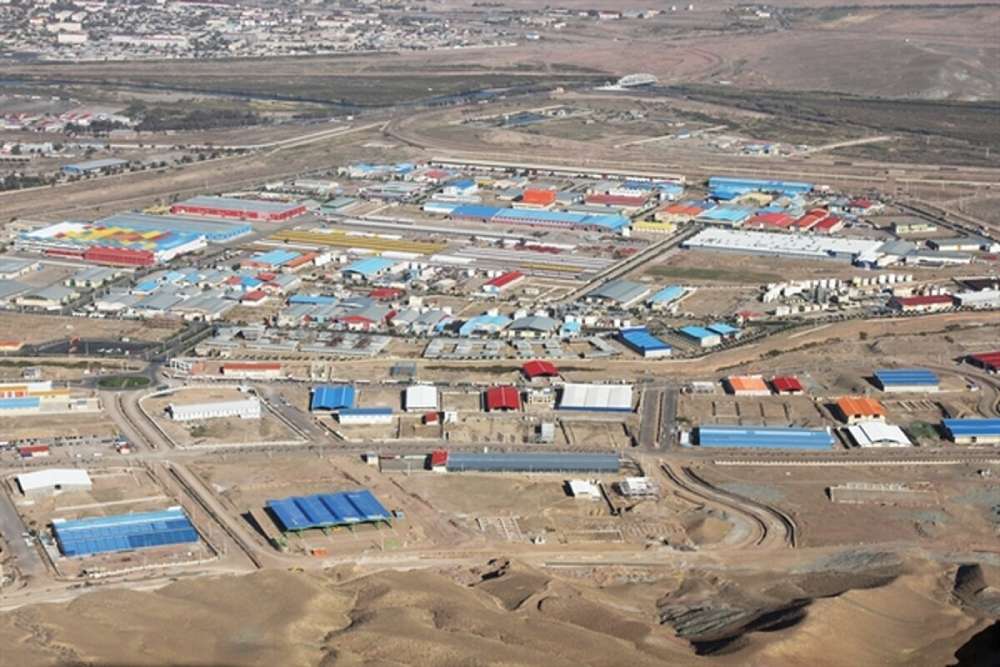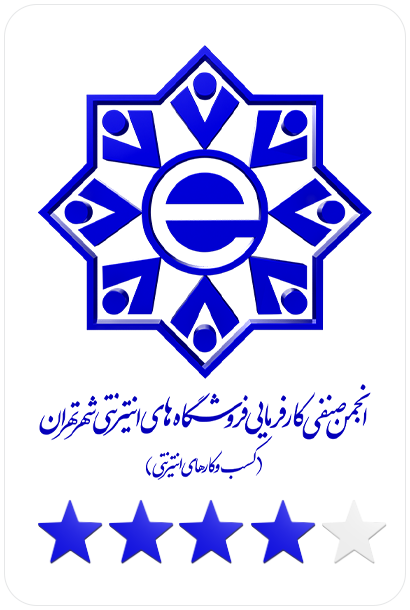Iran is embarking on a comprehensive restructuring of its free trade zones to revive their role in regional trade and national development, according to Reza Masrour, secretary of the Free and Special Economic Zones High Council. He acknowledged that the zones have underperformed in recent years, despite being originally established to drive trade, attract investment, and facilitate transit. Backed by the Ministry of Economic Affairs and Finance, a reengineering process is now underway to redefine governance and align each zone with its competitive advantages in areas such as logistics, tourism, and technology.
The reform strategy involves deep institutional, legal, and infrastructure changes, and aims to transition these areas into “seventh-generation” zones modeled on international best practices. Three key policy documents are being drafted to guide this transformation: a strategic roadmap to tackle systemic inefficiencies, a digital economy blueprint to integrate innovation into commercial ecosystems, and a national productivity program to implement performance benchmarks. These plans are being developed in collaboration with top Iranian policy experts and are intended to strengthen the zones’ strategic roles in regional trade corridors and economic cooperation.
President Masoud Pezeshkian has voiced strong support for the overhaul, urging better utilization of the zones’ existing capacity—which includes handling 61 million tons of bulk cargo, 1.4 million TEUs, and 12 million passengers annually. Key zones such as Chabahar, Kish, Qeshm, Anzali, and Arvand play critical roles in maritime trade, tourism, and logistics. Chabahar, in particular, is strategically positioned along the International North-South Transport Corridor, connecting Iran to Central Asia and India. With improved infrastructure and governance, officials believe these zones can become dynamic engines of economic growth and regional integration.



